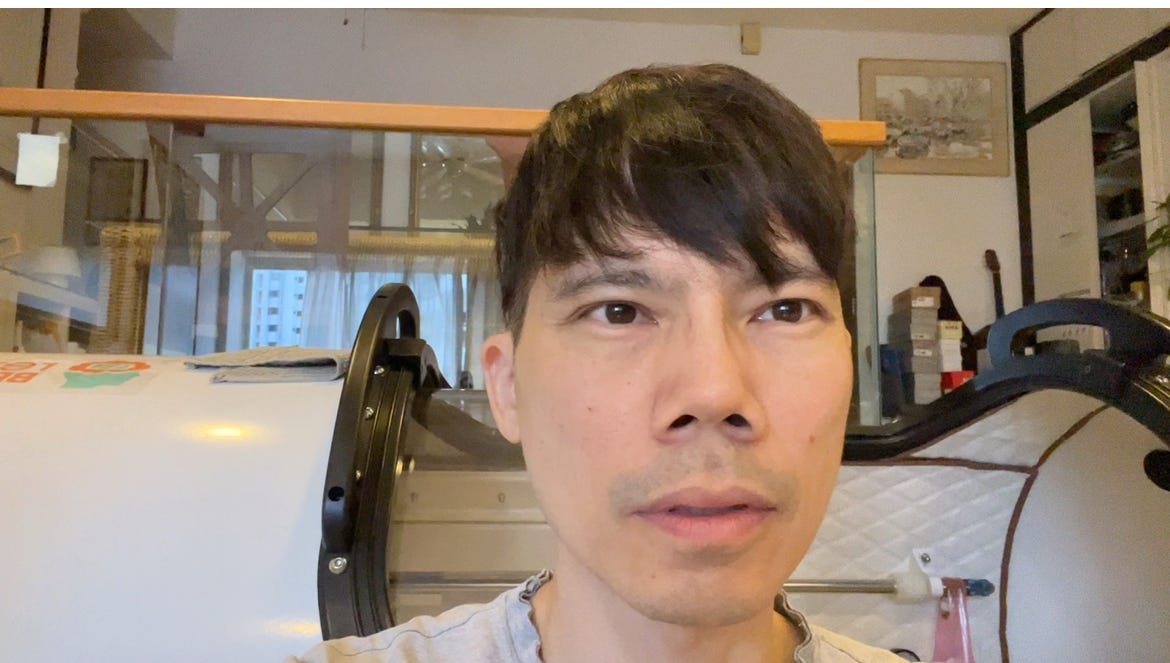Brett Favre’s Parkinson’s Disease Journey: His ‘Toughest Game’ Yet
Brett Favre Parkinson's disease journey reveals his grit, hope, and resilience while shedding light on football’s lasting impact.
If you’re a fan of the NFL, chances are you’ve cheered on Brett Favre at some point. The iconic quarterback, known for his grit, heart, and uncanny ability to make plays when it mattered most, is no stranger to overcoming challenges. But earlier this year, Favre revealed he’s now facing a fight tougher than, maybe, anything he ever encountered on the field: Parkinson’s disease.
The announcement came during Favre’s testimony to Congress on an unrelated issue, catching many fans off guard. It’s the kind of news that hits hard — especially if you’ve followed his career or you know firsthand what living with Parkinson’s means. But true to form, Favre isn’t backing down.
Who Am I?
Hello! I am Dr. Mark Chern, and the author of this article. In the past year, I have been researching potential interventions for improving brain function as it relates to dementia and Alzheimer’s disease. One of the interventions I have been exploring is hyperbaric oxygen therapy, which I have been using on myself and documenting in my substack articles.
I use a hard case hyperbaric oxygen chamber at a pressure of 2.0 ATA. This is akin to placing myself 10 meters (or 33 feet) underwater — and then breathing in pure oxygen.
While hyperbaric oxygen is meant to improve my brain function – and I share my findings here in ReverseBrainAge (RBA) – I also do plenty of research on HBOT in general and share my learnings here in Substack.
What Is Parkinson’s Disease, and How Does It Affect People Like Favre?
Parkinson’s is a progressive neurological disorder. It primarily impacts movement, causing symptoms like tremors, stiffness, slowed motion, and balance issues. These symptoms result from a loss of dopamine-producing neurons in the brain — a critical neurotransmitter that helps control movement.
For athletes like Favre, who’ve endured repeated head trauma, the connection between concussions and Parkinson’s is a growing concern. Medical experts believe that head injuries may increase the risk of developing neurodegenerative conditions like Parkinson’s and chronic traumatic encephalopathy (CTE).
According to the Parkinson’s Foundation, about 90,000 people in the U.S. are newly diagnosed with Parkinson’s each year. While there’s no cure, treatments like medication, physical therapy, and even deep brain stimulation can help manage symptoms.
Favre’s Journey to Diagnosis
Like many Parkinson’s patients, Brett Favre Parkinson’s disease diagnosis wasn’t immediate — it was a journey of confusing symptoms and medical consultations.
Earlier this year, Favre noticed his right arm wasn’t cooperating. Tasks like using a screwdriver became awkward and frustrating. Despite his arm feeling strong, it wouldn’t move the way he wanted, forcing him to rely on his left hand for simple actions like putting on a jacket.
After seeing five different specialists, the diagnosis became clear: Parkinson’s. For Favre, it wasn’t entirely unexpected. With a 20-year career in the NFL and thousands of concussions under his belt (yes, thousands — he’s said as much himself), the signs were there. Yet hearing it confirmed was still a gut punch.
Also read: 4 Hyperbaric Oxygen Therapy Benefits: How It Can Help You
The Football Connection: Why Head Injuries Matter
Brett Favre Parkinson’s disease diagnosis has reignited a critical conversation about the long-term health risks for athletes in contact sports. Research has shown that players with a history of concussions are at a significantly higher risk of developing Parkinson’s and similar conditions.
A recent study from Boston University and the Michael J. Fox Foundation found that athletes who played tackle football had a 61% higher likelihood of developing Parkinson’s compared to those who didn’t. The longer the career and the higher the level of competition, the greater the risk.
Favre himself has reflected on this link, saying, “I wrote the book on head trauma.” It’s a stark reminder of the physical toll football takes, even on the most celebrated players.
What Does This Mean for the Future of Football?
Favre’s diagnosis isn’t just a personal story — it’s a wake-up call for the NFL and other sports organizations. It’s sparked renewed calls for stricter concussion protocols and better education for players about the risks of head trauma.
If you’ve ever watched a football game, you’ve seen the brutal hits players endure. But what happens after the final whistle? Favre’s story is a reminder that the effects of those hits can last a lifetime. Advocates are pushing for more research, better protective equipment, and policies that prioritize long-term health over short-term glory.
Also read: 5 Reasons to Think Twice About Hyperbaric Oxygen Therapy
A New Kind of Fight
For Favre, Parkinson’s is the ultimate test of grit. But this time, it’s not about breaking records or leading a team to victory—it’s about raising awareness and helping others understand the risks of head trauma and the realities of Parkinson’s.
If you’re living with Parkinson’s, Favre’s story likely hits close to home. It’s a reminder that even our heroes aren’t invincible. But it’s also a testament to resilience. Just like Favre led countless fourth-quarter comebacks, he’s now inspiring others to tackle life’s challenges head-on.
So, what can we do? Learn more about Parkinson’s. Support research efforts. And if you’re a fan of the game, advocate for better safety measures to protect the players we love to watch.
Because as Brett Favre shows us, it’s not about avoiding the challenges—it’s about how you face them. And this Hall of Famer isn’t done fighting yet.





